Nationality Japanese Parents Hokusai | ||
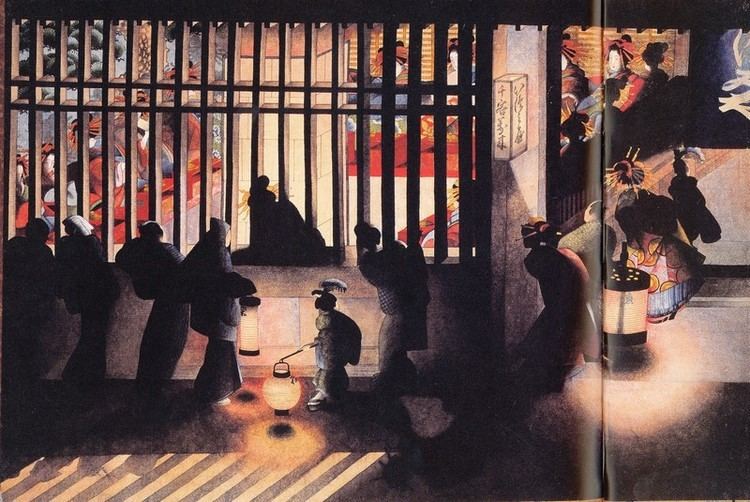 | ||
Died c. 1866 (exact date unknown) Similar Hokusai, Hinako Sugiura, Keisai Eisen, Utagawa Kuniyoshi, Hiroshige | ||
Katsushika Ōi (葛飾 応為, c. 1800 – c. 1866), also known as Sakae (栄), was a Japanese Ukiyo-e artist of the late 19th century Edo period. Her mother was the second wife of Hokusai. Not only did Ōi work as a production assistant to her father, but she was also an accomplished painter in her own right. There are multiple theories as to the origin of her name, including Ei (her given name), Ei-jo ("jo" meaning "woman" or "daughter" in Japanese), O-i ("loyal to itsu"), and O-Ei (お栄, with O as an honourary prefix for women's names in Edo Japan).
Contents
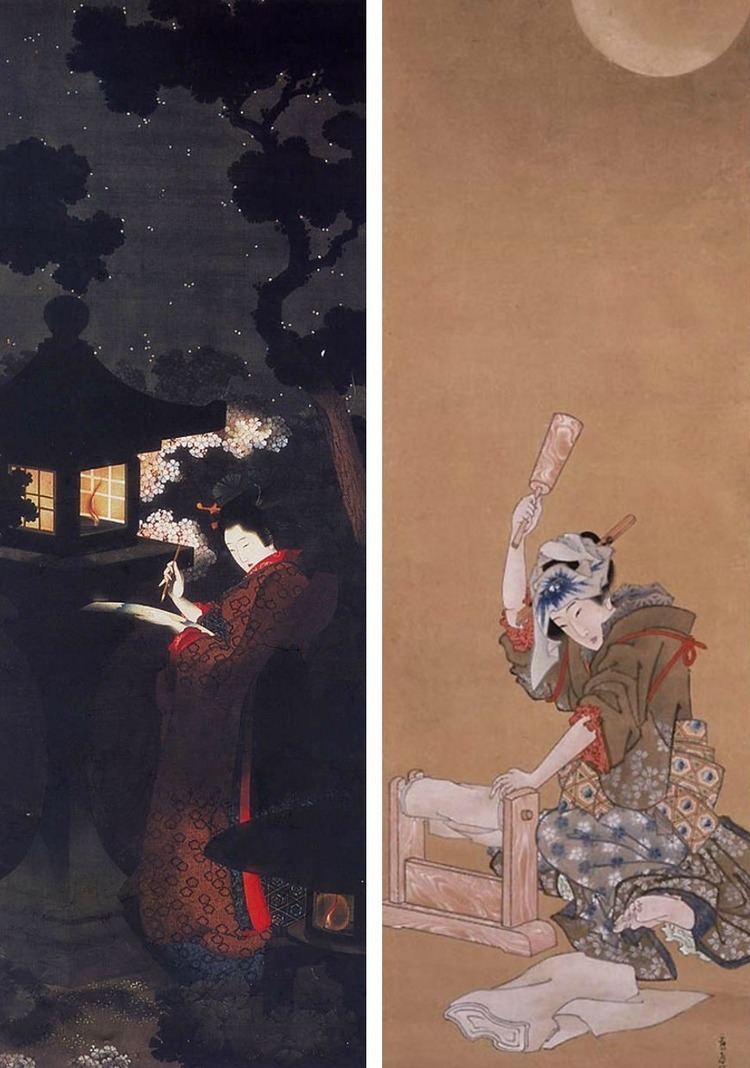
Biography
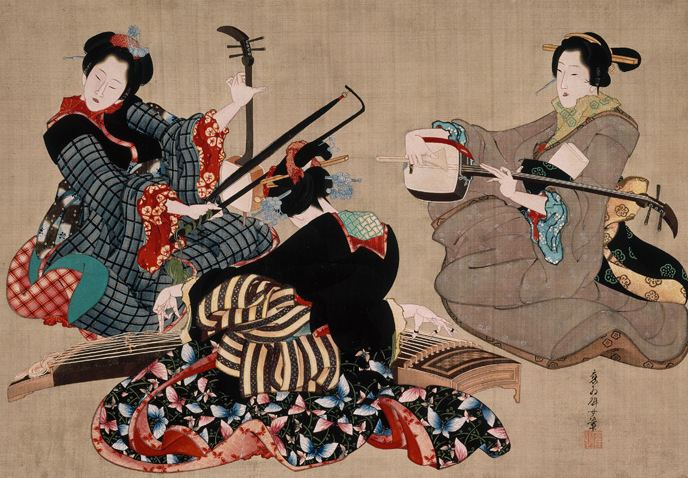
Ōi's birth and death dates are not known. She was a daughter of the ukiyo-e artist Katsushika Hokusai (1760—1849). Hokusai was married twice; the first marriage produced a son and two daughters, and the second, to a woman named Koto (こと), resulted in a son and one or two daughters. It is said that Ōi was born in Hokusai's 37th year: Kansei 12 (c. 1800).
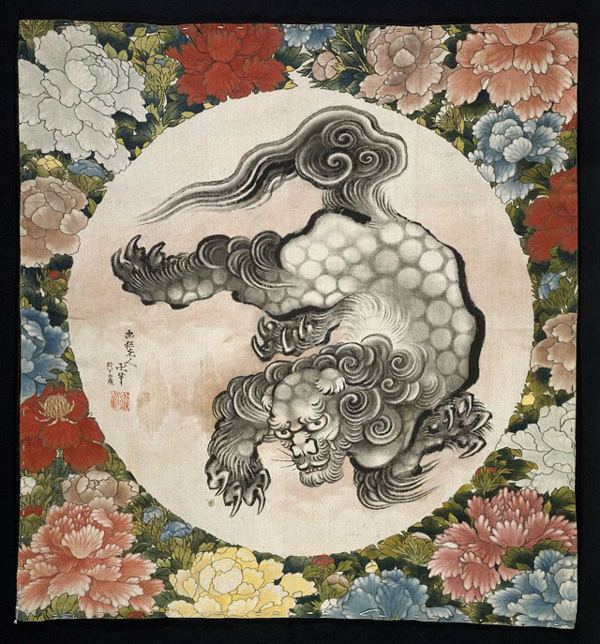
Ōi married the artist Minamisawa Tōmei in c. 1824. They did not get along, and she found him a comically poor artist. They divorced about 1827; she returned to her father's home and never remarried. Ōi thereafter assisted Hokusai in his artwork and took to producing her own. Of her bijin-ga portraits of beauties Hokusai is said to have told people, "The bijin-ga I paint myself are no match for Oei's." Ōi's mother died in c. 1828. Ōi's whereabouts and status become unknown within a few years of her father's death in 1849.
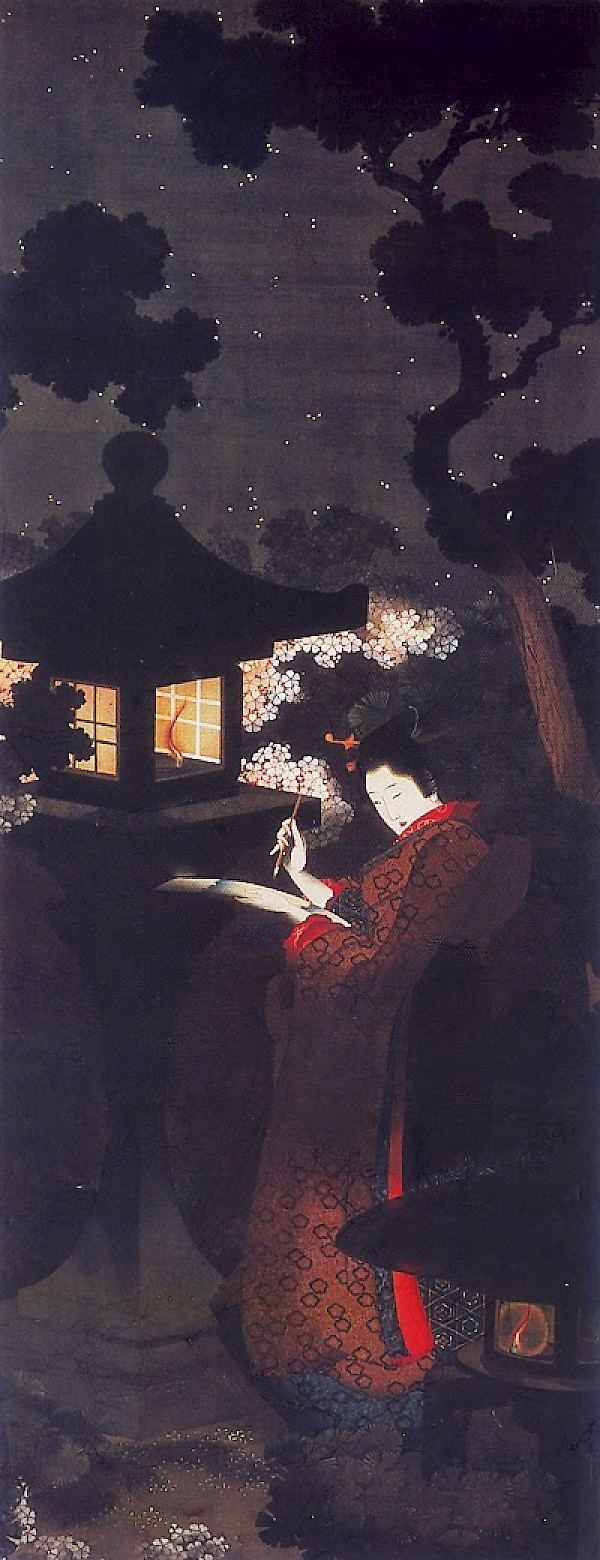
Of the testimony that remains about Ōi, Tsuyuki Iitsu, a pupil of Hokusai's in the master's later years, described her as having an eccentric personality like her father and a charitable disposition—she had ambitions to become a female xian sage.
Works
Ōi is known to have excelled at handwriting and in bijin-ga paintings of beautiful women. The following is a selected list of her works.
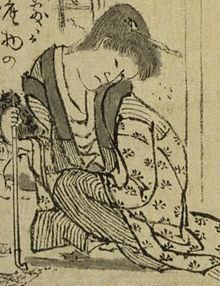
She has also been credited as an illustrator for the following books.
Legacy
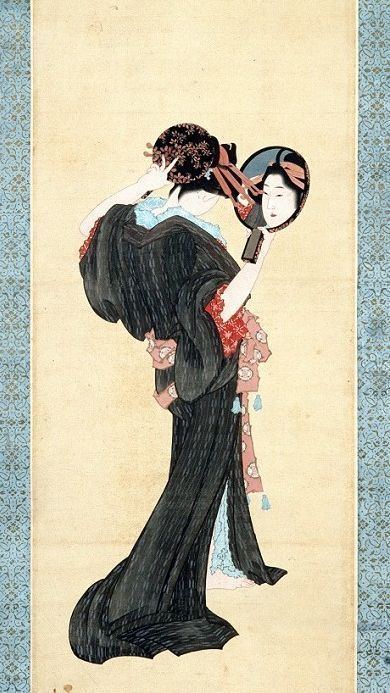
Few of Ōi's works are known: amongst them, a few nikuhitsu-ga paintings, the illustrations to the book Onna Chōhō-ki (女重宝記, 1847) by Takai Ranzan (高井 蘭山), and no prints.
Canadian novelist Katherine Govier wrote a first-person novel about Ōi titled The Ghost Brush (2010, also titled The Printmaker’s Daughter).
The story of Ōi was adapted to comics as Miss Hokusai (1983–87), which had an animated adaptation in 2015. The story tells of the outspoken O-Ei, daughter of the famed artist Tetsuzō, for whom she sometimes paints uncredited. The film won numerous awards.
